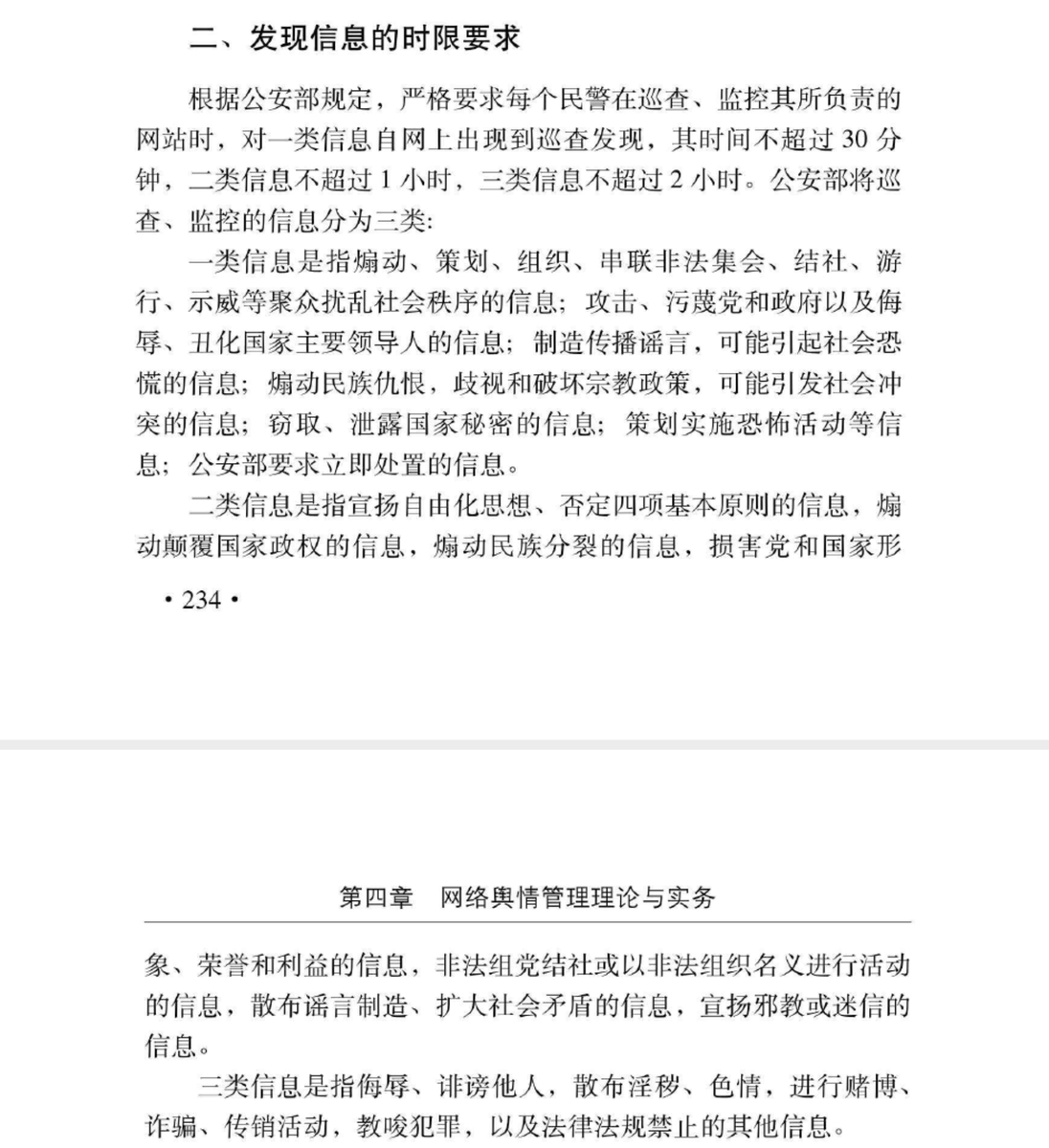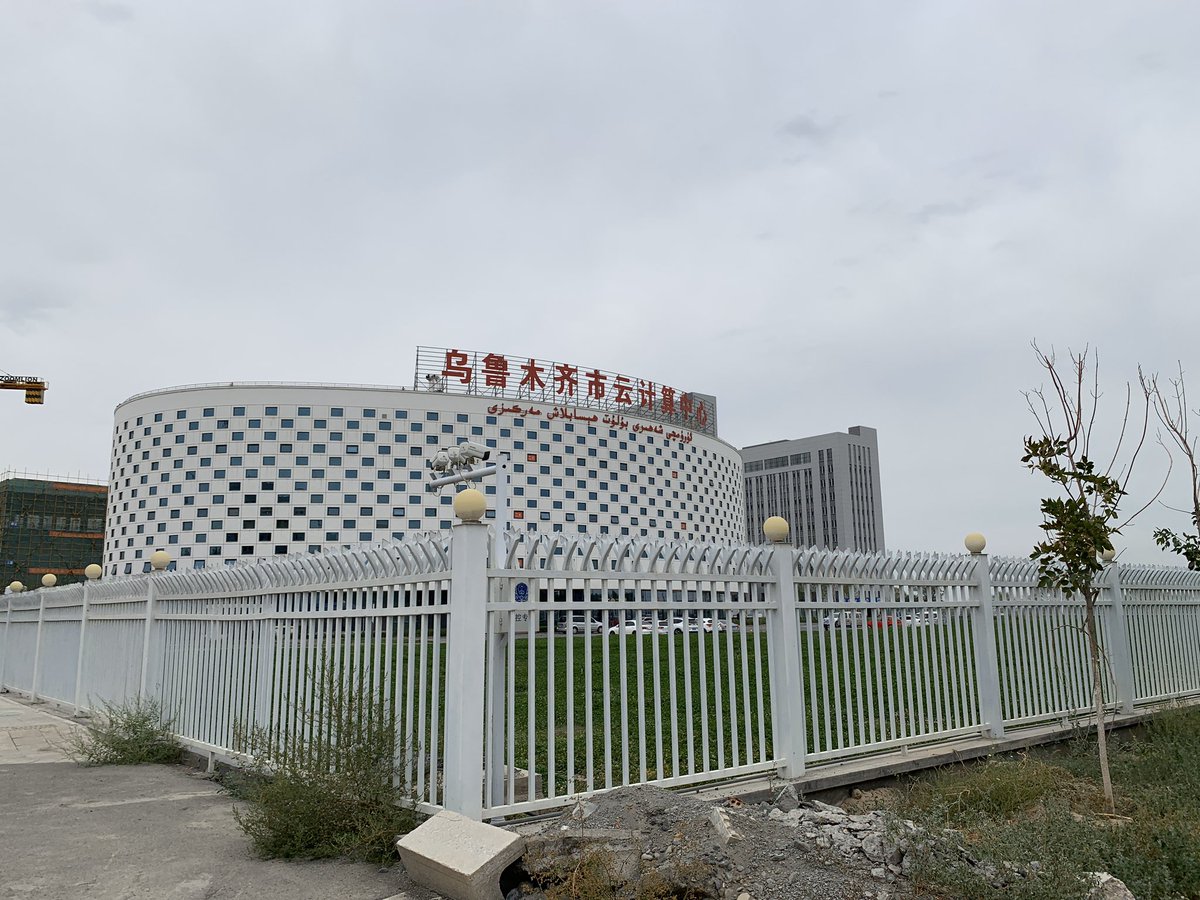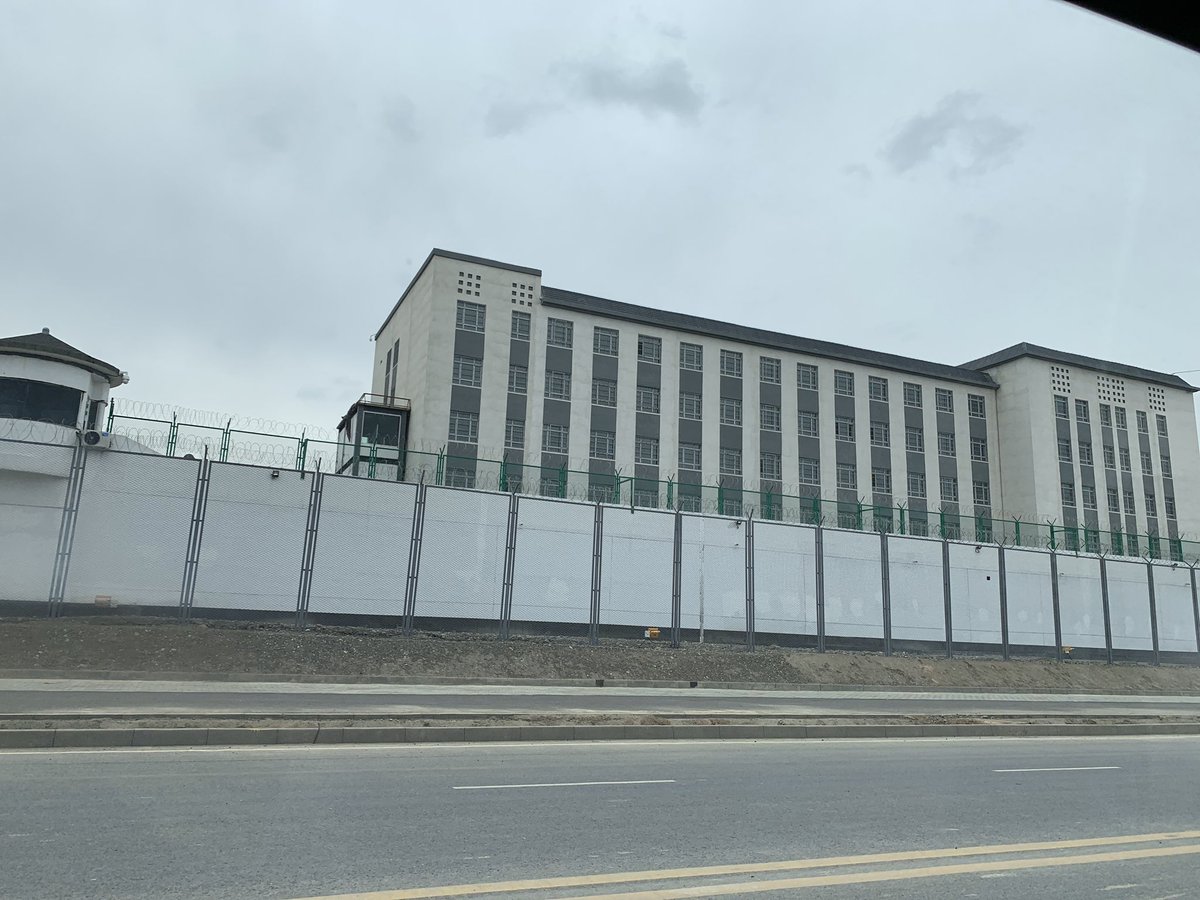
Global tech reporter for @NYTimes. I am so wise I had my mouth sewn shut. pmozur at https://t.co/PnW2nEGuP3
7 subscribers
How to get URL link on X (Twitter) App



 It’s worth recalling since Li’s death, we’ve seen with increasing frequency online outrage that even China’s internet controls have struggled to contain. Shanghai lockdowns, Guizhou bus crash, now the Xinjiang fire. Each was a massive censorship event all its own.
It’s worth recalling since Li’s death, we’ve seen with increasing frequency online outrage that even China’s internet controls have struggled to contain. Shanghai lockdowns, Guizhou bus crash, now the Xinjiang fire. Each was a massive censorship event all its own.
https://twitter.com/huxijin_gt/status/1585913470473867265Exhibit two in the trend. Again China has been massively active on Twitter with bot nets boosting state media/diplomat disinfo efforts on Covid origins, mass internments in Xinjiang and Russian propaganda like Ukraine bio labs. Musk will have a test in how to deal with it.
https://twitter.com/Jingjing_Li/status/1585908052829474816













https://twitter.com/Sino_Market/status/1432269680647962626Also...likely some ban of foreign IPOs. There are some interesting ideas in Beijing's regulations. Some sectors badly needed controls. But what is happening should unnerve all. Silly parts of private tech fund serious innovative parts. Foreign investment has been critical.








https://twitter.com/gillianwong/status/1257448712202260480Proud to have been part of an amazing team and a huge thanks also to all the editors who are so indispensable and don’t get enough acknowledgement: @gillianwong @CRTejada @adriennecarter @puiwingtam @ellenjpollock1 @meslackman @panphil